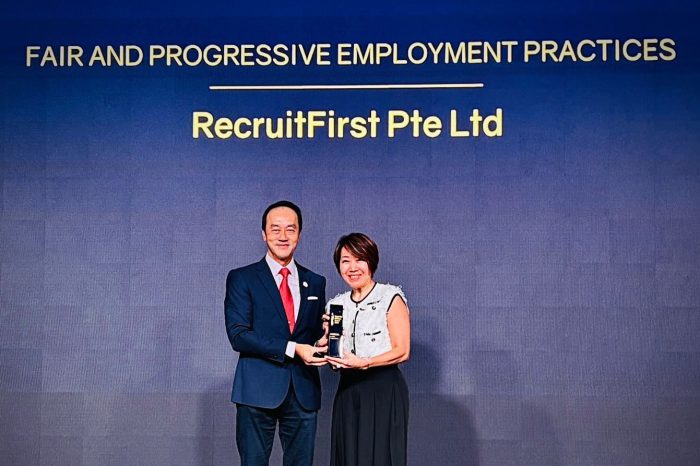How To Write A Resume – Part 2
Posted On 11 July 2022

Choose an Appropriate Format
The chronological format is the most traditional resume format, and for many years has remained the most common. Other formats, such as functional, combination, or targeted formats can be explored as well.

Select a Readable Font
Sans serif fonts (fonts without tails) are generally good fonts for resumes because they have clean lines and are easy to ready. Certain serif fonts (fonts with tails) may also work.
Here are resume font options:
- Cambria
- Calibri
- Garamond
- Georgia
- Times New Roman
- Helvetica
Make Your Font Size 10-12 Points
- If you are trying to reduce white space, use a 12-point font.
- If you have a lot of information on your page, start with a 10-point font and increase it if you have space.
Remove Extraneous Information
- Consider removing filler words such as “like”, “with”, “a”, “and” and “that”
- Instead of listing each function of every job you’ve held, pick 2-3 key impacts you made in those roles.
- If you have two points that are similar, consider combining them into one brief statement.
Apply Appropriate Margins
- Ensure that the information fits squarely within the readable space on the page. The standard margin for a document is one inch from the sides of a page.
- If you have a fairly short resume with a lot of blank space use wider margins to make the resume appear longer.
Feature Section Headers
- Bold your section headers.
- Increase the font size of your section header to 12, 14 or 16 points.
- Underline your section headers.
- This enables employers to quickly locate the information they are looking for!
Use Bullet Points Where Appropriate
Use bullet points in your work experience, skills and education sections so that employers can easily consume the most relevant pieces of information on your background.
Stick to One Page
- One-page resumes are particularly ideal for entry-level workers, new college graduates, and those who have but a few years of work experience.
- Hiring managers take around 6 seconds to look through one resume. Therefore, it would be prudent to keep your resume concise.



